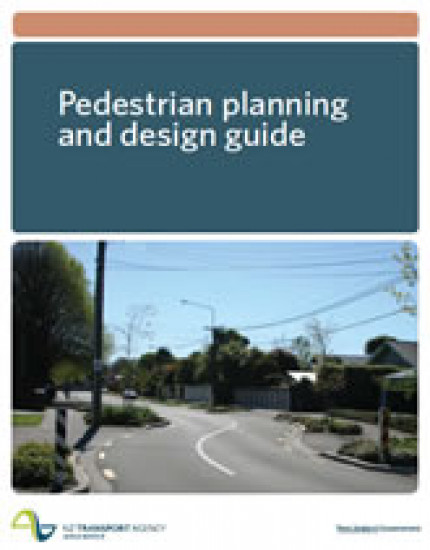The Pedestrian planning and design guide published in 2009, was New Zealand's first comprehensive official guide to planning and design for walking.
|
It has now been superseded by the draft Pedestrian Network Guidance (PNG): |
Some sections of the PNG are still in development and will be released later this year. If you cannot currently find the information you are seeking in the draft PNG then contact the PNG team for assistance (png@nzta.govt.nz).


A range of plans and programmes influence walking in neighbourhoods. They use a similar community planning process to ensure that any actions will effectively address perceived issues as well as more objectively measured problems.
Community involvement should be at the heart of developing any scheme to improve a neighbourhood. Suggestions are made about who to involve along with useful techniques for engaging with the community. The analysis phase involves assessing the state of the existing walking environment, identifying options for improvement, and understanding where improvements would benefit the most users. Such analysis provides a sound basis for choosing options and prioritising initiatives.
Finally, suggestions are given about getting the planned improvements built.
Consider walking in relation to other planning processes and programmes
Systematically plan for pedestrian needs in each area
Involve the community in scheme development
Decide which schemes should be done first
Implement projects that provide for pedestrians
Updated: 17 Nov 2009